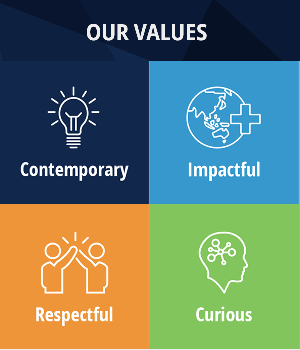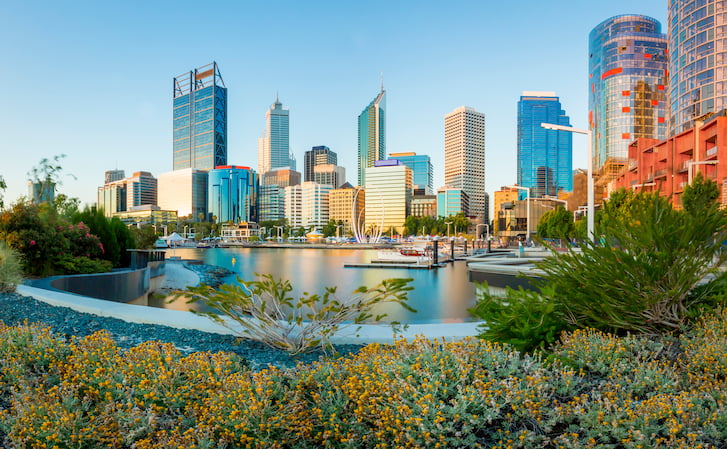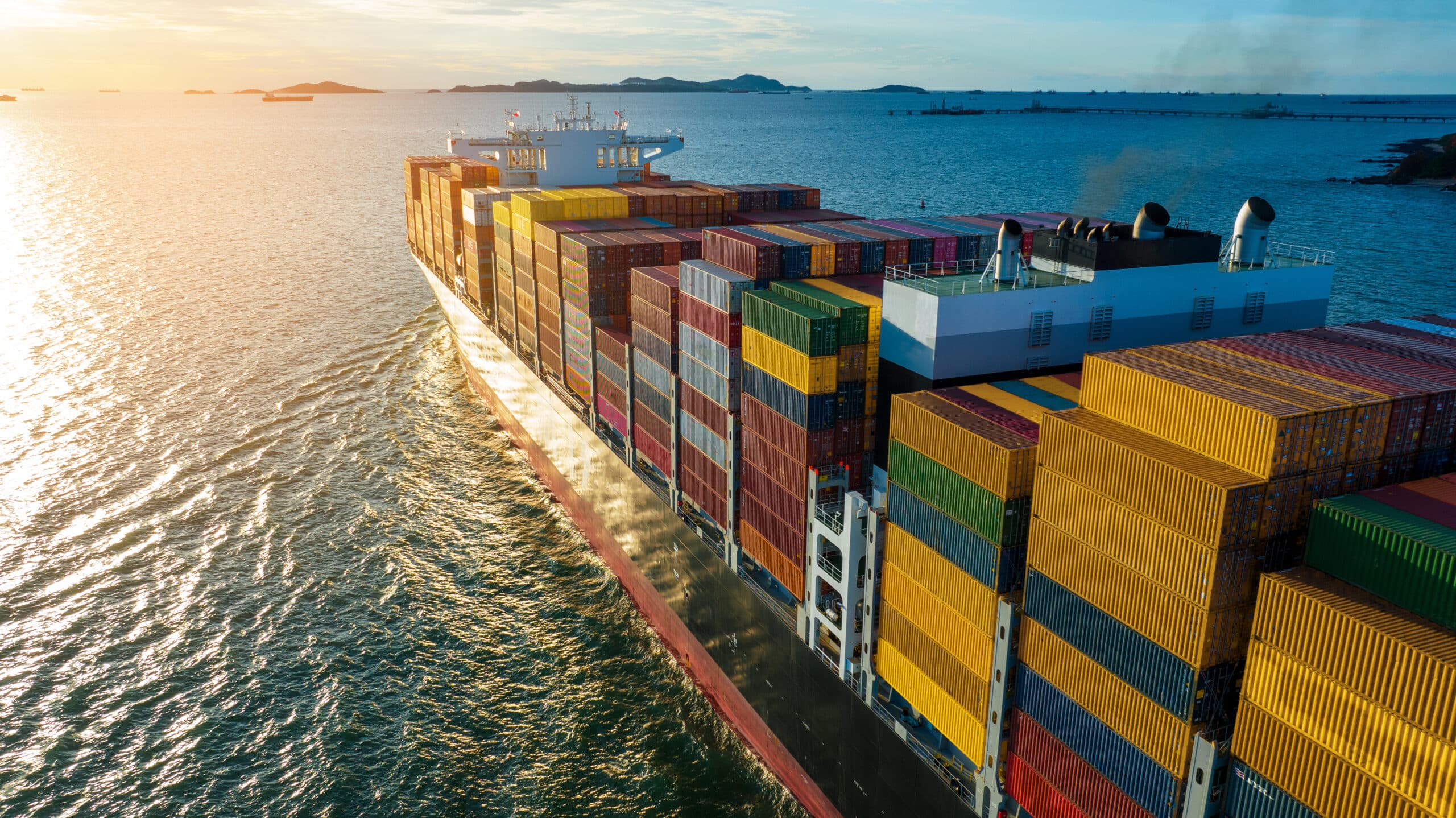Motivated by shifting technology and consumer trends, CPS has forged its own path as WA’s first carbon-neutral printing group.
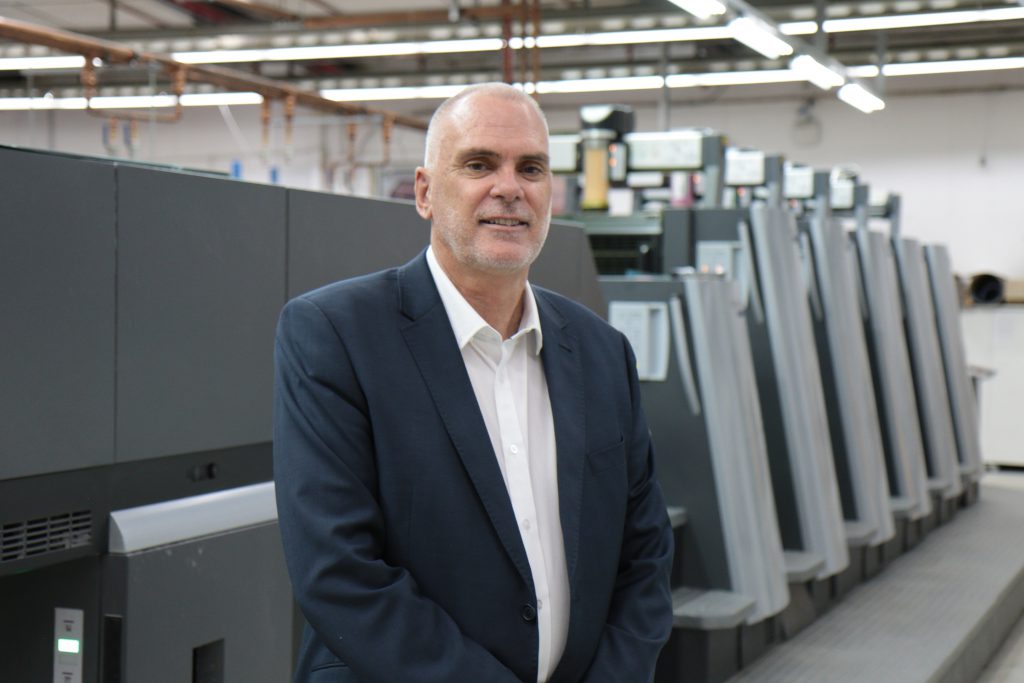
For WA company Crystal Printing Solutions (CPS), its net-zero journey has been an evolution not unlike the industry it operates in.
The company was founded in 1986 in the analog era, and like all printers was forced to adapt to a wave of new digital technology from the late 1990s.
But it was when it relocated to its Cannington premises around the same time, that it made the decision to invest in a more energy-efficient way of operating, according to CPS Managing Director Arnold Whiteside.
“In 2009, we were running 24 hours a day, six days a week, and sending cheques in the order of $20,000-$25,000 a month off to Western Power,” he recalls.
“So we started to look at how we could reduce our expenditure on electricity and looked into solar power.”
The initial investment
The company invested about $350,000 (of which $140,000 came from a Federal Government clean energy grant) into a 100-kilowatt on-site solar farm as well as LED lighting throughout the factory.
Once the solar power system was switched on, Whiteside says the decline in energy costs was significant.
“Today, we have reduced our actual consumption by 60 per cent and our bills are now about 40 per cent of what they were,” he says.
“So it's been a really good financial return, we've had our investment returned multiple times.”
From there, Whiteside says the focus turned to how the business could continue to reduce its carbon footprint.
After contacting Sydney-based the Carbon Reduction Institute, the company’s entire supply chain was audited to calculate Scope 1, 2 and 3 emissions.
"Our scope 3 emissions are the bulk of our emissions,” Whiteside explains. “We could have gone scope 1 and 2 when we started the process, but we actually went 100 per cent from the first day.”
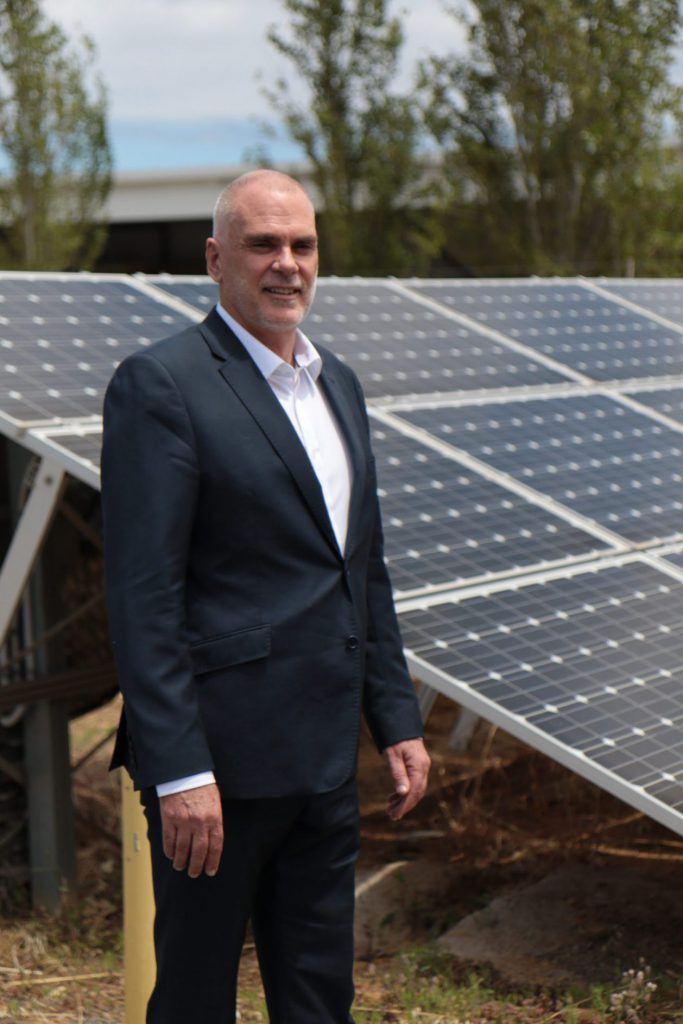
Flow-on benefits
However, the benefits of being certified carbon neutral by the Carbon Reduction Institute since 2012 have flowed on to CPS’ customers.
And, he adds, it’s the customers of his customers, such as shoppers in major supermarkets demanding plastic-free packaging, that influences the supply chain.
CPS, which today employs about 60 people and operates 24 hours a day, five days a week, traditionally printed business forms, marketing collateral, hospital forms and magazines, but moved to paper-based packaging about five years ago.
“The benefits to our clients are that the products and services that they actually buy from us are delivered with a zero footprint into their business,” Whiteside says.
“And that's the secret … to the global drive to get to zero. Everybody has to do their part and that will rely on your supply chain partners all going along for the journey.”
To maintain net zero, CPS has to date been purchasing offsets in offshore renewable energy projects, all of which meet the Australian National Carbon offset standard, though it is now exploring how it can move into Australian Carbon Credit Units.
“It is a complex topic to understand and I think probably the difficulty for many people will be just understanding how this works,” Whiteside says.
“The offsets really only are a part of the solution, we just can't keep buying offsets, it's going to have to be real reductions and that's where we find our business and our industry at the moment is that we need technical advances in the supply of our raw materials, our transport, everything that we do, there needs to be some sort of technological change to actually reduce the emissions in the production of things.”
‘What we’ve done is real’
Whiteside says the biggest challenge is convincing others that “what we’ve done is real” because the company relies on offsets to achieve net zero emissions.
“I do sort of understand that, but at the moment there really aren't a lot of options that we could go and spend money on to reduce further,” he says.
“The big footprint will be through the supply chain and if everybody's doing something, it will move us towards that 43 per cent target and then onwards. Getting to that 100 is a journey, it’s not a quick fix.”
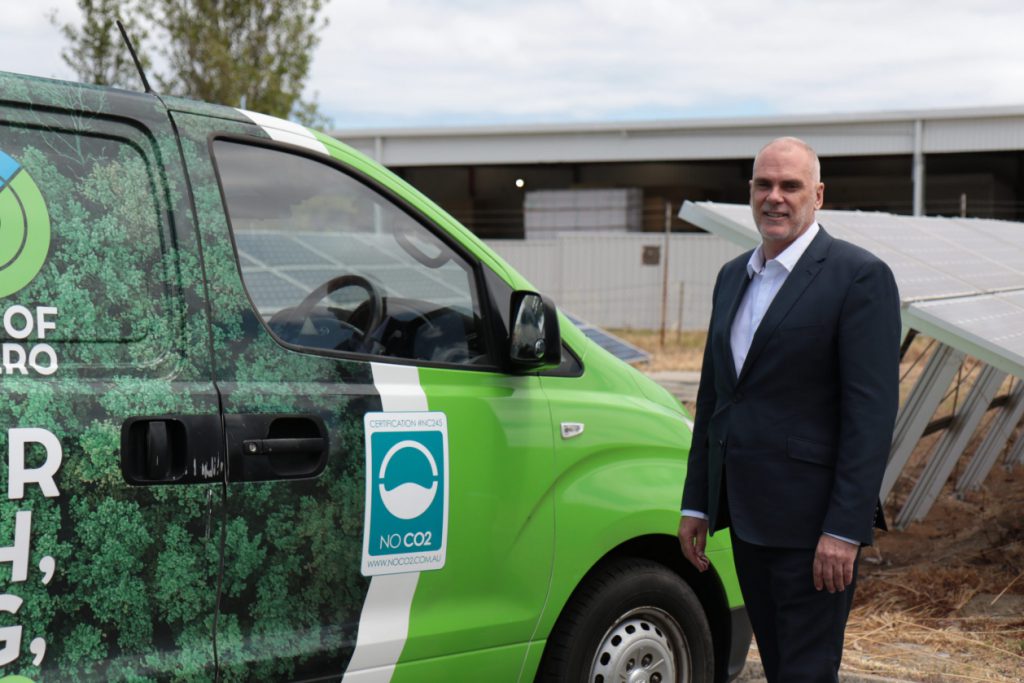
However, he recommends SMEs begin by working with a carbon reduction consultant, and pursuing quality offset projects.
“My view has been for some time that an effort now, even if it's proven not to be as bleaker a future, you're not going to be able to look back and say, ‘I wish I had done something’, you may be able to look back and say, ‘I didn't have to do quite as much’,” he says.
“But I'm not quite sure that we can choose not to do something.”
Want to find out more about carbon reduction for your business? Go to climate.cciwa.com.




